Foreword
Contributors
SECTION I: INTRODUCTION
1. Paleohistology: An Historical – Bibliographical Introduction
Armand J. de Ricqlès
SECTION II: MORPHOLOGY AND HISTOLOGY OF THE SKELETON
2. An Overview of the Embryonic Development of the Bony Skeleton
Vivian de Buffrénil and Alexandra Quilhac
3. The Vertebrate Skeleton: A Brief Introduction
Michel Laurin, Alexandra Quilhac and Vivian de Buffrénil
Methodological Focus A: The New Scalpel: Basic Aspects of CT-Scan Imaging
Damien Germain and Sandrine Ladevèze
4. Microanatomical Features of Bones and Their Basic Measurement
Vivian de Buffrénil, Eli Amson, Alexandra Quilhac, Dennis Voeten and Michel Laurin
Methodological Focus B: Basic Aspects of 3D Histomorphometry
Eli Amson and Damien Germain
5. Bone Cells and Organic Matrix
Louise Zylberberg
6. Current Concepts of the Mineralization of Type I Collagen in Vertebrate Tissues
William J. Landis, Tengteng Tang and Robin DiFeo Childs
7. An Overview of Cartilage Histology
Alexandra Quilhac
Methodological Focus C: Virtual (Paleo-)Histology Through Synchrotron Imaging
Sophie Sanchez, Dennis F. A. E. Voeten, Damien Germain and Vincent Fernandez
8. Bone Tissue Types: A Brief Account of Currently Used Categories
Vivian de Buffrénil and Alexandra Quilhac
Methodological Focus D: FIB-SEM Dual-Beam Microscopy for Three-Dimensional Ultrastructural Imaging of Skeletal Tissues
Natalie Reznikov and Katya Rechav
SECTION III: DYNAMIC PROCESSES IN OSSEOUS FORMATIONS
9. Basic Processes in Bone Growth
Vivian de Buffrénil and Alexandra Quilhac
10. Accretion Rate and Histological Features of Bone
Vivian de Buffrénil, Alexandra Quilhac and Jorge Cubo
11. Bone Remodeling
Vivian de Buffrénil and Alexandra Quilhac
12. Remarks on Metaplastic Processes in the Skeleton
Vivian de Buffrénil and Louise Zylberberg
SECTION IV: TEETH
13. Histology of Dental Hard Tissues
Alan Boyde and Timothy G. Bromage
SECTION V: PHYLOGENETIC DIVERSITY OF SKELETAL TISSUES
14. Introduction
Michel Laurin
15. Finned Vertebrates
Jorge Mondéjar-Fernández and Philippe Janvier
16. Early Tetrapodomorphs
Sophie Sanchez, François Clarac, Michel Laurin and Armand de Ricqlès
17. Lissamphibia
Vivian de Buffrénil and Michel Laurin
18. Early Amniotes and Their Close Relatives
Aurore Canoville, Michel Laurin and Armand de Ricqlès
19. Testudines
Torsten M. Scheyer and Ignacio A. Cerda
20. Lepidosauria
Vivian de Buffrénil and Alexandra Houssaye
21. Sauropterygia: Placodontia
Torsten M. Scheyer and Nicole Klein
22. Sauropterygia: Nothosauria and Pachypleurosauria
Torsten M. Scheyer, Alexandra Houssaye and Nicole Klein
23. Sauropterygia: Histology of Plesiosauria
P. Martin Sander and Tanja Wintrich
24. Ichthyosauria
P. Martin Sander
25. Archosauromorpha: From Early Diapsids to Archosaurs
Armand de Ricqlès, Vivian de Buffrénil and Michel Laurin
26. Archosauromorpha: The Crocodylomorpha
Vivian de Buffrénil, Michel Laurin and Stéphane Jouve
27. Archosauromorpha: Avemetatarsalia – Dinosaurs and Their Relatives
Kevin Padian and Holly N. Woodward
28. Nonmammalian Synapsids
Jennifer Botha and Adam Huttenlocker
29. Diversity of Bone Microstructure in Mammals
Vivian de Buffrénil, Christian de Muizon, Maïténa Dumont, Michel Laurin and Olivier Lambert
SECTION VI: INTEGRATIVE QUESTIONS
30. Phylogenetic Signal in Bone Histology
Jorge Cubo, Lucas J. Legendre and Michel Laurin
31. Cyclical Growth and Skeletochronology
Vivian de Buffrénil, Alexandra Quilhac and Jacques Castanet
32. Aging and Senescence Processes in the Skeleton
Catherine Bergot and Vivian de Buffrénil
33. Basic Principles and Methodologies in Measuring Bone Biomechanics
Russell P. Main
34. Interpreting Mechanical Function in Extant and Fossil Long Bones
Russell P. Main, Erin L.R. Simons and Andrew H. Lee
35. Bone Microanatomy and Lifestyle in Tetrapods
Aurore Canoville, Vivian de Buffrénil and Michel Laurin
36. Bone Histology and the Adaptation to Aquatic Life in Tetrapods
Alexandra Houssaye and Vivian de Buffrénil
37. Bone Histology and Thermal Physiology
Jorge Cubo, Adam Huttenlocker, Lucas J. Legendre, Chloé Olivier and Armand de Ricqlès
38. Bone Ornamentation: Deciphering the Functional Meaning of an Enigmatic Feature
François Clarac
39. The Histology of Skeletal Tissues as a Tool in Paleoanthropological and Archaeological Investigations
Ariane Burke and Michelle S. M. Drapeau
40. A Methodological Renaissance to Advance Perennial Issues in Vertebrate Paleohistology
Alexandra Houssaye, Donald Davesne and Aurore Canoville
Extended Table of Contents
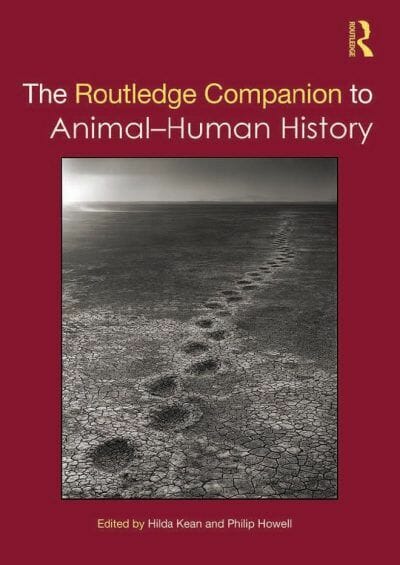




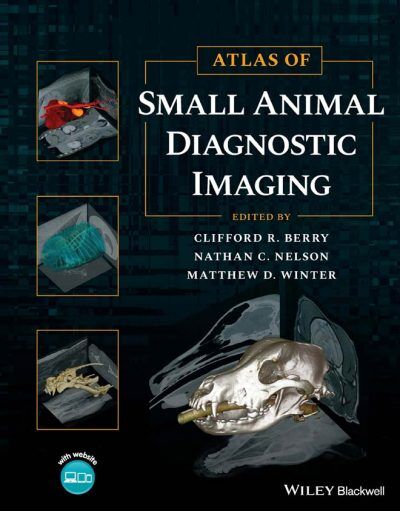

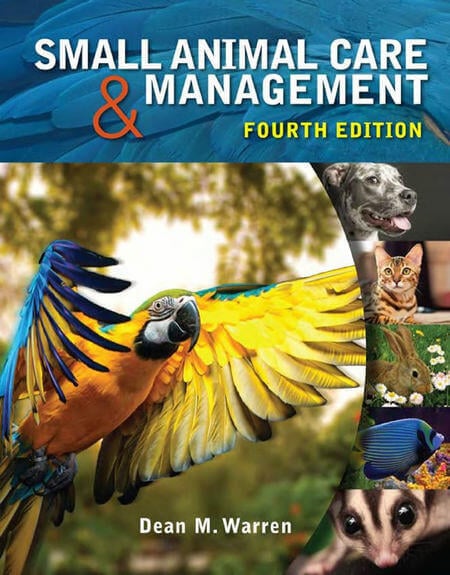
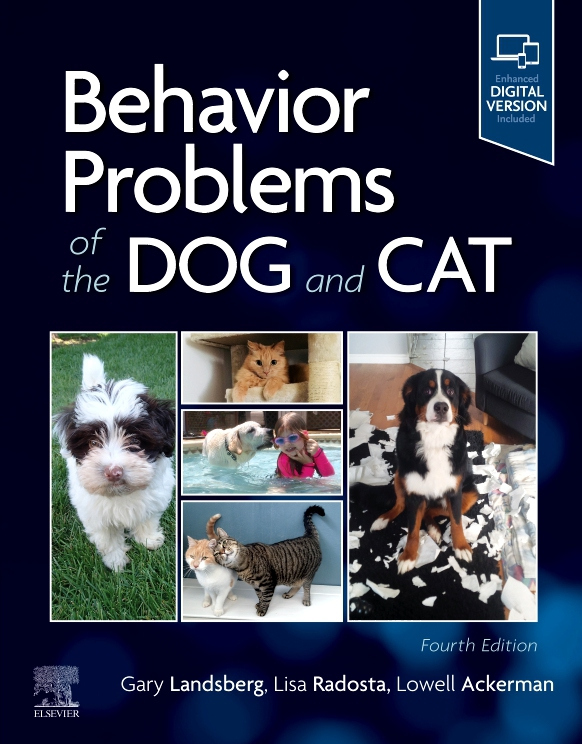

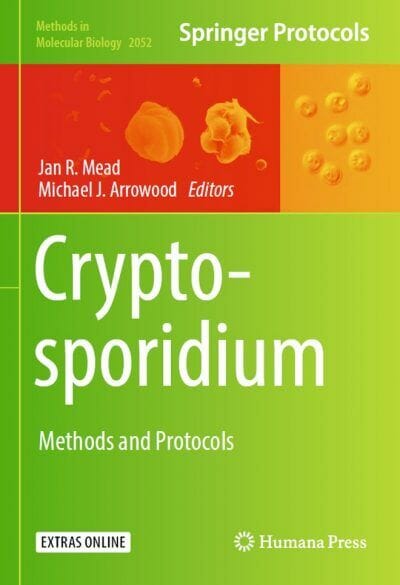
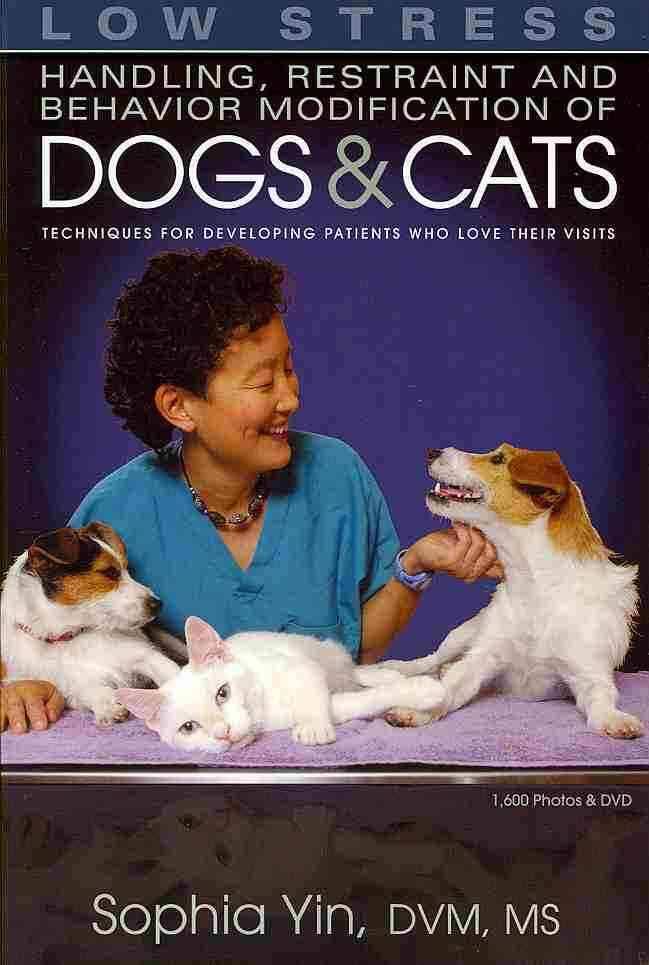
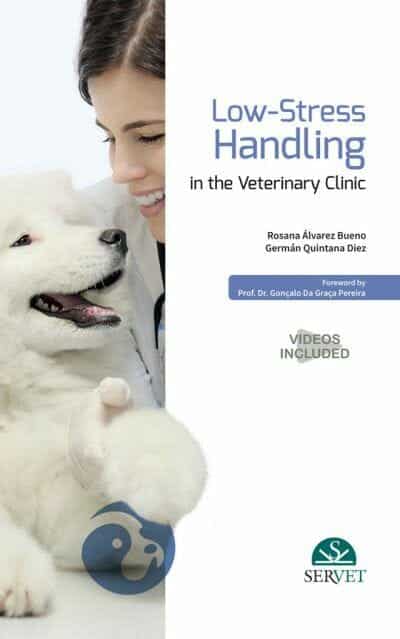
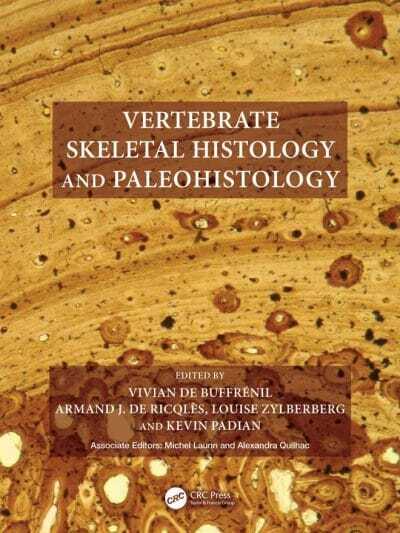
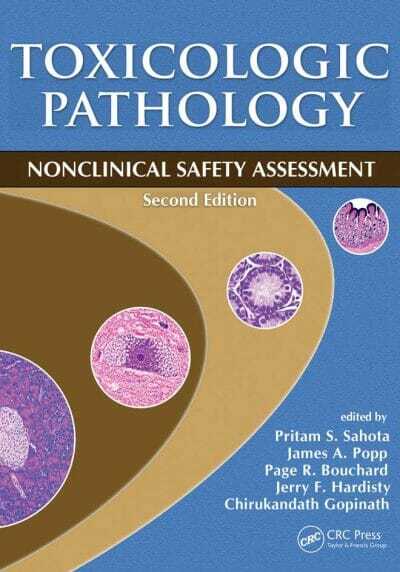
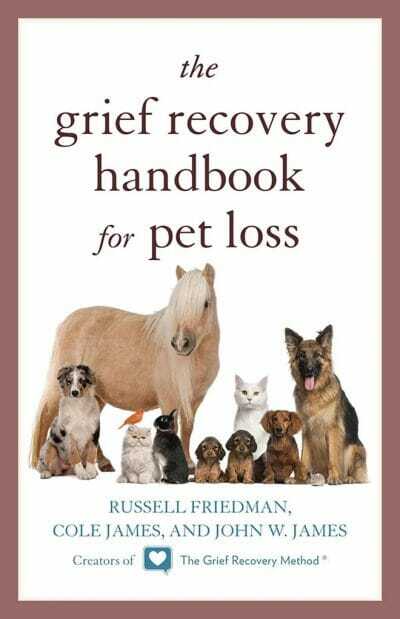
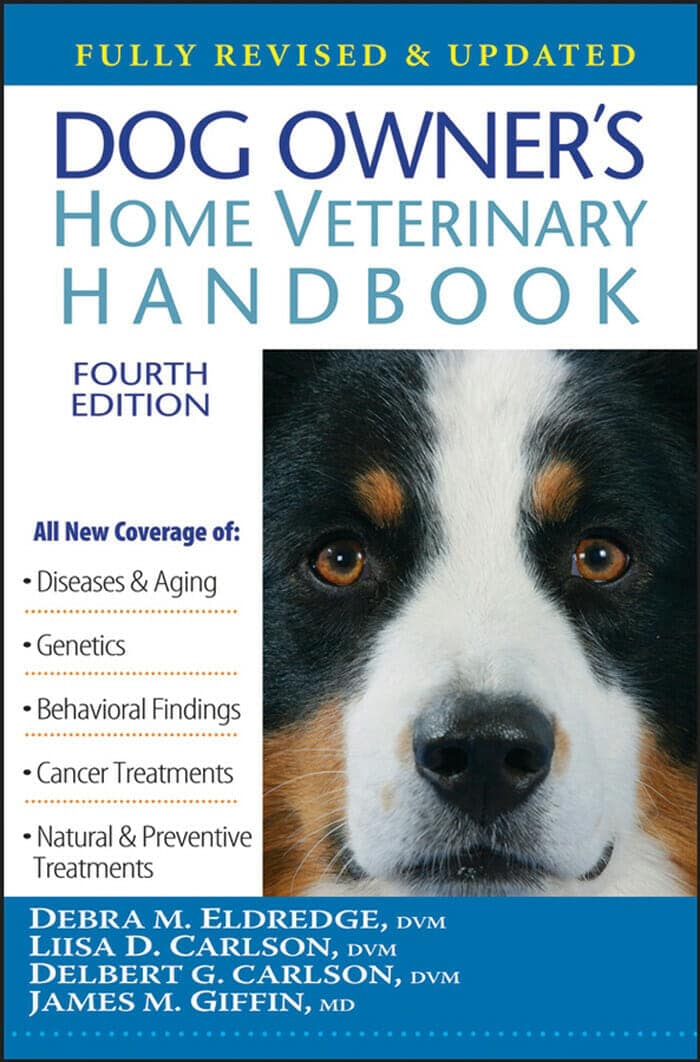
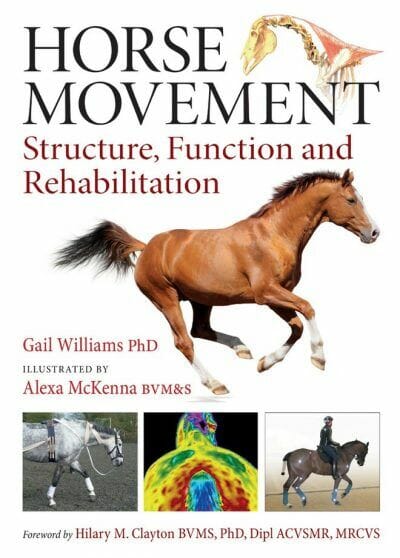
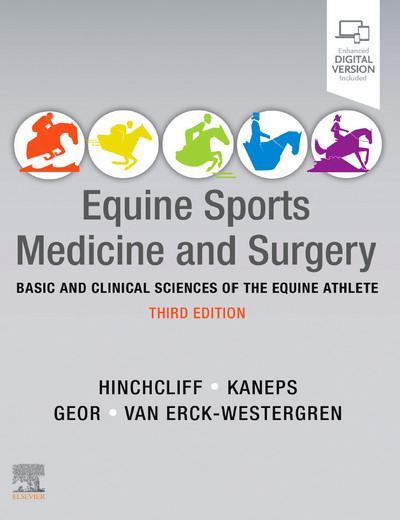








![Ettinger’s Textbook of Veterinary Internal Medicine 9th Edition [PDF+Videos] Ettinger’s Textbook of Veterinary Internal Medicine 9th Edition [True PDF+Videos]](https://www.vet-ebooks.com/wp-content/uploads/2024/10/ettingers-textbook-of-veterinary-internal-medicine-9th-edition-100x70.jpg)





